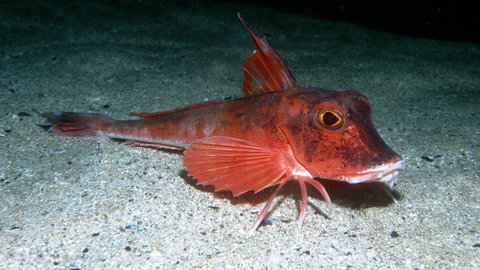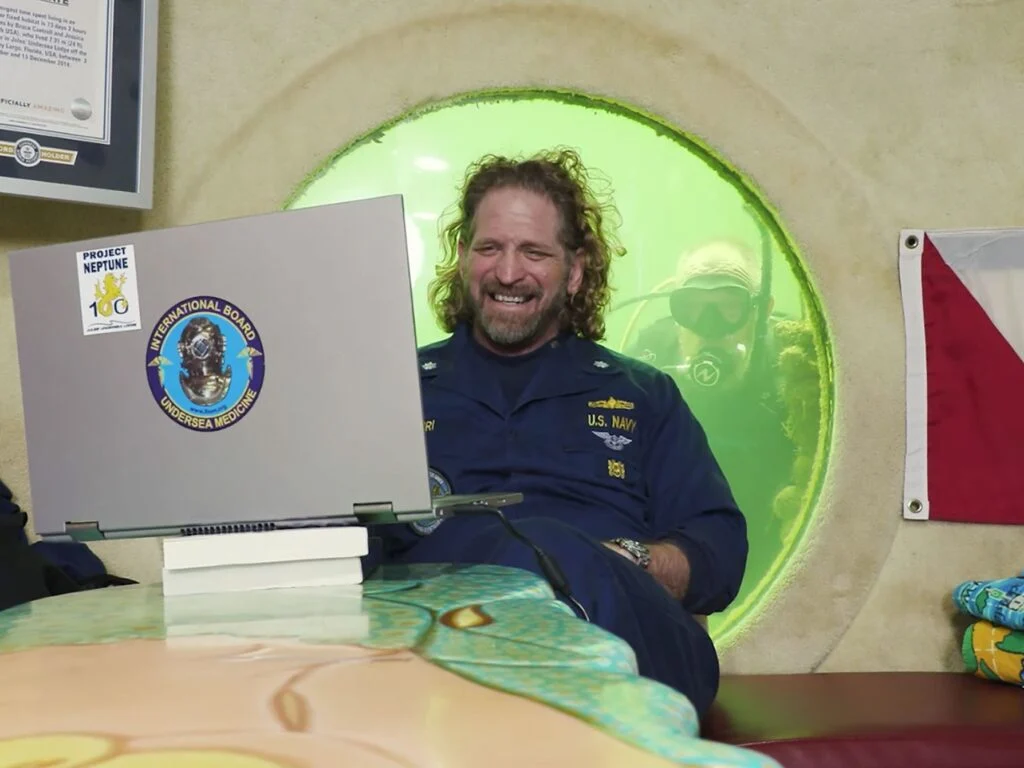Throughout history, people have undertaken perilous sea voyages, sometimes with tragic outcomes, while others miraculously return home. One such astonishing tale is that mexican fisherman José Salvador Alvarenga.

In November 2012, Jose embarked on a fishing expedition from the Mexican coast, using a motorized dinghy. His plan was to fish continuously for 30 hours at sea and then return home to rest for a whole week. He set out on his journey, accompanied by a less experienced companion. Initially, they ventured about 150 meters away from the shore, equipped with an icebox, fishing nets, and other gear.
However, their peaceful fishing trip quickly turned into a nightmare as the weather took a drastic turn. By noon, the sea grew tumultuous, and a ferocious storm descended upon them. Confronted with the violent tempest, the two men were filled with dread. Adding to their predicament, the boat’s engine sustained damage due to the cyclone. The storm raged for approximately five harrowing days.
Once the tempest had subsided, the boat had drifted several kilometers from the shore. They now found themselves running low on essential supplies, including food and water. The sweltering daytime heat and the biting cold of the nights made their situation increasingly dire. Luckily, there was a brief spell of rain, and they collected rainwater to quench their thirst.
After enduring this ordeal for a grueling 11 days, they finally managed to secure sustenance. But how did they obtain food? They resorted to catching turtles and fish, a necessary but difficult task that forced them to eat their catch raw.
Tragically, Jose Alvada’s companion succumbed to the harsh sea conditions a few days later, unable to withstand the ordeal. Alone in his fight for survival, Jose desperately signaled for passing ships, but none came to his rescue. And so, he embarked on an arduous solitary struggle for survival, lasting an additional eight months.
It wasn’t until January 30, 2014, that Jose Alvada finally reached the coast. He had spent an astonishing 438 days adrift at sea, covering more than 6,700 miles during his ordeal. His remarkable story now holds the record for the longest time spent alone at sea after being caught in a storm.



